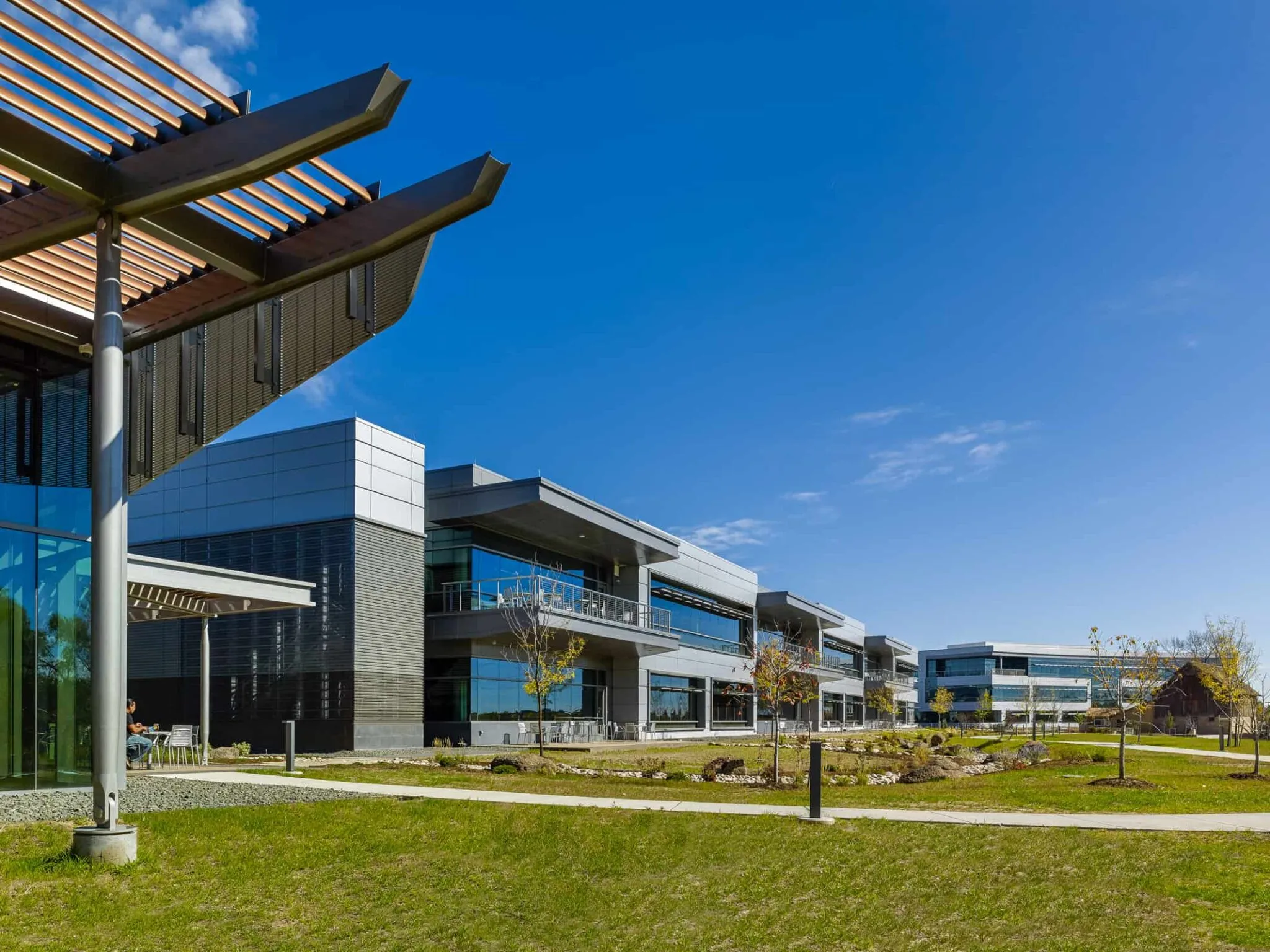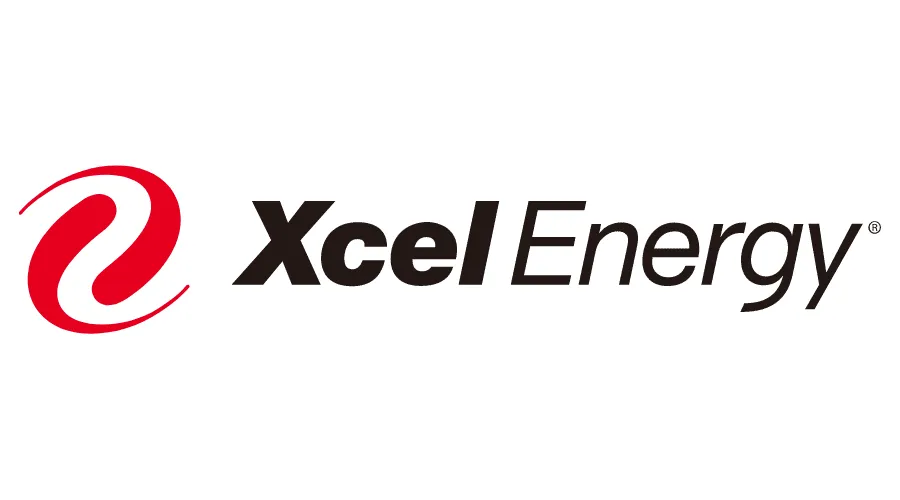Tri-State to allow members to source more power independently as part of rate-reduction efforts
WESTMINSTER — Power wholesaler Tri-State Generation and Transmission Association Inc. will allow its member co-ops to generate more of their own power, but not enough to appease some of the wantaways.
The Westminster-based Tri-State said Wednesday that it will allow members to request a new contract in 2021 that will give participating co-ops a portion of up to 300 megawatts of capacity to fill how it prefers, limited to a maximum 50/50 split between self-supplied and Tri-State power.
That 300 megawatt figure amounts to 10% of Tri-State’s peak demand.
Tri-State also said it plans to reduce sale rates for its members by 8% by the end of 2023.
“Both our aggressive rate reduction goal and the additional contract flexibility keep Tri-State on-track to meet the targets put forward in our Responsible Energy Plan, and our energy transition is already delivering increasingly clean, affordable and reliable power,” Tri-State board chairman Rick Gordon said.
The loosening of restrictions on independently sourced power may calm tensions between the wholesaler and some of its members, especially those that want to add more renewable sources and phase out coal plants.
Tri-State plans to provide half of its total power output via renewables by 2024 and end use of coal power in Colorado by 2030.
Generally, Tri-State members are required to purchase 95% of their power loads from the wholesaler, with the remainder sourced independently from nearby renewable or fossil-fuel sources.
This includes Brighton’s United Power Inc. and La Plata Electric Association Inc. (LPEA) in Durango, both of which have been in a long and bitter divorce battle with Tri-State in setting an exit fee.
The dispute is multi-pronged, with disputes ranging in the Colorado Public Utilities Commission, state administrative courts, Adams County District Court and at the Federal Energy Regulatory Commission.
In a statement, United Power interim CEO Bryant Robbins praised Tri-State for giving its members more flexibility and aiming to reduce rates, but it’s ultimately not enough to make the co-op as viable as it would be outside of a Tri-State agreement.
“We serve an area in which our competitors’ rates are as much as 25% to 35% less than ours,” he said. “We are going to need much more than the proposed 8% reduction in wholesale power to be competitive.”
United Power and LPEA accounted for just more than 20% of Tri-State’s revenues in 2019.
© 2020 BizWest Media LLC
WESTMINSTER — Power wholesaler Tri-State Generation and Transmission Association Inc. will allow its member co-ops to generate more of their own power, but not enough to appease some of the wantaways.
The Westminster-based Tri-State said Wednesday that it will allow members to request a new contract in 2021 that will give participating co-ops a portion of up to 300 megawatts of capacity to fill how it prefers, limited to a maximum 50/50 split between self-supplied and Tri-State power.
That 300 megawatt figure amounts to 10% of Tri-State’s peak demand.
Tri-State also said it plans to…
THIS ARTICLE IS FOR SUBSCRIBERS ONLY
Continue reading for less than $3 per week!
Get a month of award-winning local business news, trends and insights
Access award-winning content today!




